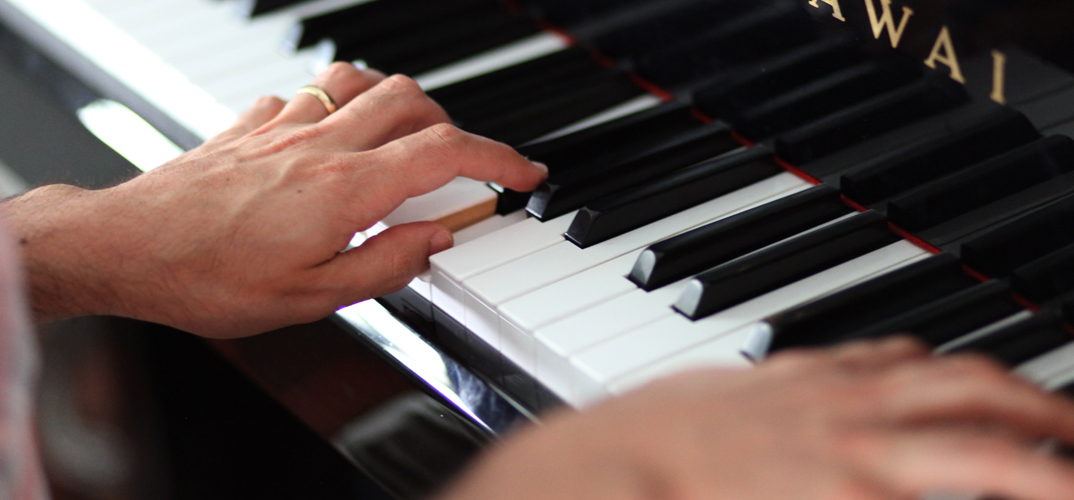
Understanding Music Theory with the C Major Scale: A Beginner’s Guide
Learning music theory can feel overwhelming at first, but by focusing on one of the simplest and most fundamental concepts — the C Major scale on the piano — we can break it down into manageable pieces. For beginners, understanding scales and chords provides a strong foundation for everything else in music. Let’s dive into the basics, using the white keys of the piano to explore the C Major scale and the concept of thirds and chords.
The C Major Scale: The Perfect Starting Point
The C Major scale is an excellent place to begin because it consists of all the white keys on the piano — no sharps or flats to worry about! It spans from C to C (C, D, E, F, G, A, B, C), making it visually and conceptually straightforward.
Here’s the scale:
C – D – E – F – G – A – B – C
Since it’s all white keys, playing the C Major scale helps beginners focus purely on note relationships rather than getting bogged down by black key fingerings.
What Are Intervals, and Why Do They Matter?
An interval is simply the distance between two notes. In the C Major scale, the distance between each pair of adjacent notes (C to D, D to E, etc.) is called a whole step or a half step. These intervals define the pattern of the scale.
For example:
- From C to D is a whole step (you skip the black key between them).
- From E to F is a half step (there’s no black key between these two).
Understanding these intervals helps you see how scales are built, not just in C Major, but across all keys. This will eventually help you recognize and play other scales.
Thirds: The Building Blocks of Chords
One of the most important concepts in music theory is the interval of a third. A third is the distance between two notes where you skip one note in between. On the piano, in the C Major scale, if you start on C, the third is E (you skip D). If you start on D, the third is F, and so on.
Playing thirds not only sounds great, but it’s also the foundation for building chords. In fact, most chords are built using stacks of thirds.
Understanding Chords Through the C Major Scale
A chord is simply a combination of notes played together. The most basic chord is the triad, which is made up of three notes: the root, the third, and the fifth. Let’s build some triads using the notes of the C Major scale:
- C Major (C – E – G): Root chord of the C Major scale.
- D minor (D – F – A): Built on the second note of the scale.
- E minor (E – G – B): Built on the third note.
- F Major (F – A – C): Built on the fourth note.
- G Major (G – B – D): Built on the fifth note.
- A minor (A – C – E): Built on the sixth note.
- B diminished (B – D – F): Built on the seventh note.
You’ll notice that some chords are major and some are minor. This is because of the pattern of whole steps and half steps in the scale. Major chords sound happy or bright, while minor chords sound a bit more somber or tense.
The Power of Primary Chords
In the C Major scale, the most commonly used chords are the I (C Major), IV (F Major), and V (G Major) chords. These are known as primary chords and are essential in many songs. Understanding how to play these three chords allows you to accompany a vast number of tunes with simple harmonies.
Here’s how to play them:
- C Major (I): C – E – G
- F Major (IV): F – A – C
- G Major (V): G – B – D
Once you can play these three chords, you’ll start to recognize them in countless pieces of music. Learning them in the C Major scale is a gateway to understanding how music works in other keys.
Putting It All Together
By learning the C Major scale and understanding how thirds and chords are built, you are well on your way to mastering the building blocks of music. Start by practicing the scale, get comfortable with intervals like thirds, and then dive into creating chords. The best part? Everything you learn in C Major can be applied to any other key.
Learning music theory doesn’t have to be intimidating. By taking it step by step, you can build a strong foundation that will allow you to explore more complex concepts later on. Start with the C Major scale, and soon you’ll be navigating the piano with confidence!


